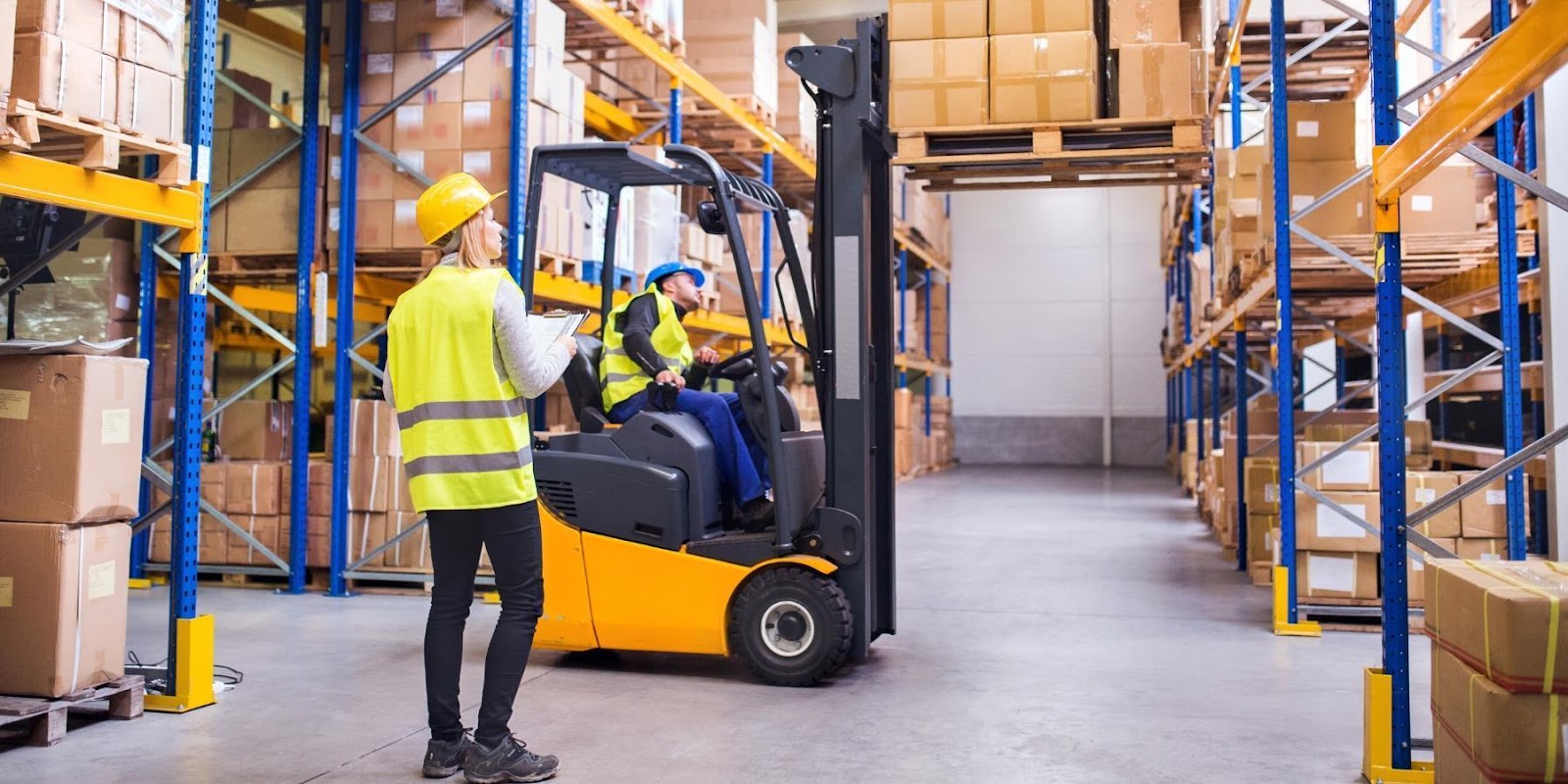Are you an aspiring entrepreneur thinking about starting a warehouse business this year? It doesn’t matter whether you are initiating the business with a high or low investment; you will need storage for your products.
According to statistics, the total number of warehouses in the United States two years ago was about 20,000.
While the number of warehouses is gradually increasing every year, many newbie entrepreneurs and warehouse operators don’t know how to optimize the space of their warehouses.
As a warehouse business owner, you don’t necessarily have to go ultra-big with the warehouse facility, as this can often be quite impractical – as a startup.
Even if the warehouse is small – you can improve warehouse efficiency in the following ways:
Optimize the Warehouse Space
After you have set the layout of the warehouse, you have to ensure the optimization of the warehouse space. As mentioned before, the way you plan the floor layout of the warehouse can have an enormous impact on how you maximize the space.
The size of your warehouse doesn’t matter; the trick is to make efficient use of the available space. You might want to think about ways to optimize the warehouse’s vertical space instead of thinking about expanding the floor.
There is no need to invest in expansion costs when you can incorporate bigger storage units along with the right equipment to store inventory in a way that allows you to maximize the square footage. Besides, you might want to invest in the right types of shelves – avoid using the same types of racks throughout the warehouse.
Different types of warehouse materials require different types of shelves. Don’t forget to place standardized bins strategically throughout the warehouse space to help you keep shelves and the warehouse neat and orderly. If you store smaller items on a pallet racking system, it won’t do you any good – on the contrary, it will waste the available space.

Keep the Inventory Lean
As a newbie warehouse business owner, you might want to focus on keeping a lean inventory – in the beginning. The basic purpose of having a lean inventory is storing things that you need and nothing else besides it. It will help you keep things in order while keeping track of things inside the warehouse.
Depending on the products, you might want to ask your suppliers to deliver you a smaller quantity of the products more frequently to reduce safety stocks. The lean inventory practices are based on reducing waste and improving warehouse operations over time.
Understandably, your warehouse inventory requires a substantial investment, so it is crucial for it (inventory) to sell quickly because the inventory that fails to sell quickly impacts a company’s cash flow and curbs the company’s ability to reinvest in new stock.
We all know that the stock that doesn’t sell becomes dead stock that takes space and requires additional labor for its maintenance. Keeping a lean inventory ensures that your money doesn’t get wasted on a stock that doesn’t sell and that no products consume unnecessary warehouse space.
While incorporating a lean warehouse strategy, you must assess the KPIs, including the past sales, for a better future prediction. By assessing the amount and how often you sell an item, you will better understand how much stock you need to meet your customer’s demands.
You must also assess how much stock you have and when those items will expire. You might want to incorporate the right inventory management technology to accurately assess how well your warehouse is moving inventory.
Efficient lean inventory management also requires a BI (business intelligence) solution to eliminate all potential errors that can occur using spreadsheets to calculate inventory metrics. The business software solution will enable you to see accurate data in real-time, which will help you steer in the right direction of inventory management.
Incorporate Warehouse Safety
Hazard communication is crucial for your employee’s safety. Use signage and labels to let your warehouse employees know about potential hazards. Besides, you can also provide a warehouse map to all employees. Newbie employees will immensely benefit from the map as it will enable them to easily navigate the different warehouse sections.
You might want to know about what is a bucket elevator and how you can use it in a way to keep our employees safe from potential accidents that might occur during the handling and maneuvering of the warehouse products and materials.
Another must-have strategy for the warehouse is the implementation of EAP (Emergency Action Plan), which is crucial for handling fire accidents. As you might have already guessed by the name, the EAP should include details of each warehouse employee’s tasks in case the warehouse catches fire.
Make sure to check the operational functionality and features of each exit route in case of fire or any other emergency.

Ideally, your warehouse should also have first aid and a medical facility. Warehouse accidents are more common than you might think, especially in the case of misaligned pallet racks and misuse of forklifts.
Organization is the Key
When it comes to efficient warehouse management, you ought to know that organization is the key. Warehouse management revolves around the maintenance of organization, and when we say organization – we mean the organization of all aspects of the warehouse, including inventory control.
The primary step in warehouse organization is determining the layout of the warehouse space. Planning the warehouse space by splitting it into different work sections is ideally performed in the initial phase of setting up your warehouse.
However, if you have been running your warehouse for some time now, you don’t have to start from scratch. Rather, you can use signage and labels to identify the different work zones in the warehouse. Besides, you can also ask your warehouse employees to put the material and inventory in their designated place after usage by putting up signs and labels.
By keeping things neat and orderly, you might want to set rules requiring employees to clean the equipment and their workstations after their daily shift. You will successfully eliminate errors and boost safety within the warehouse by doing so.






